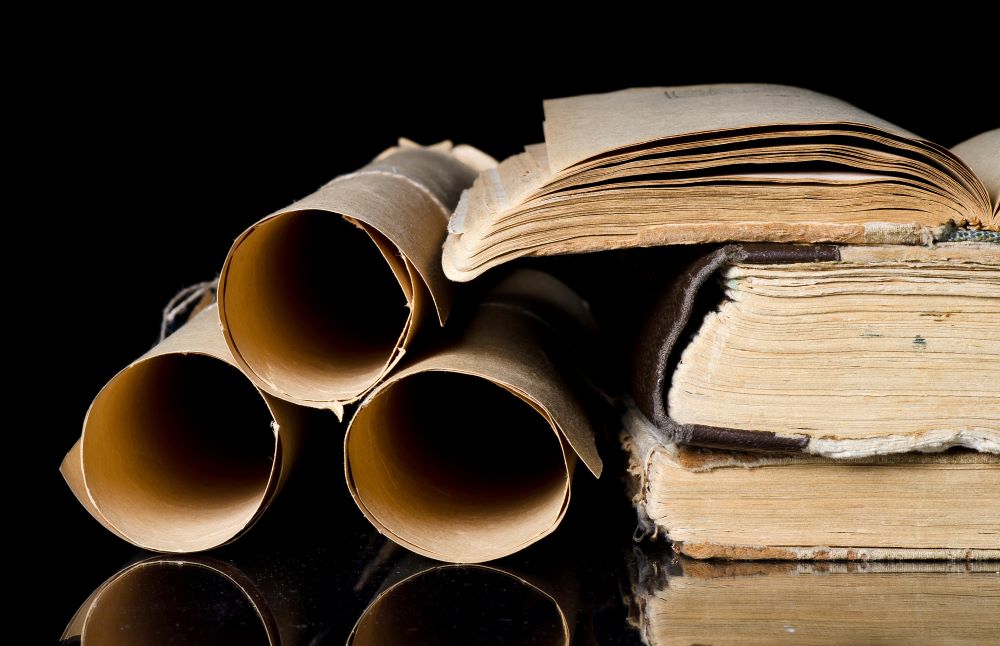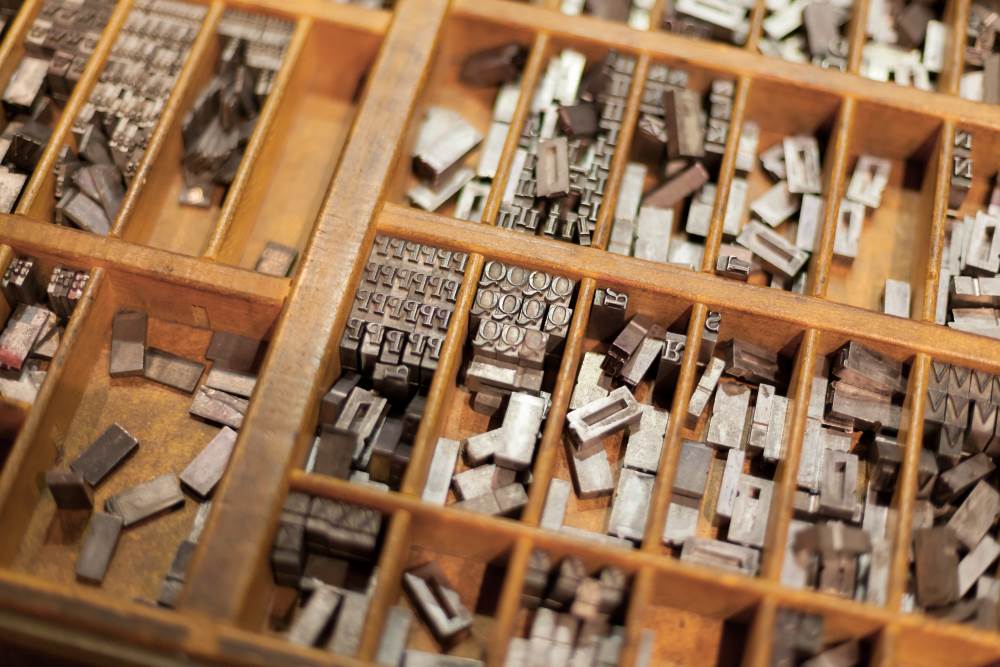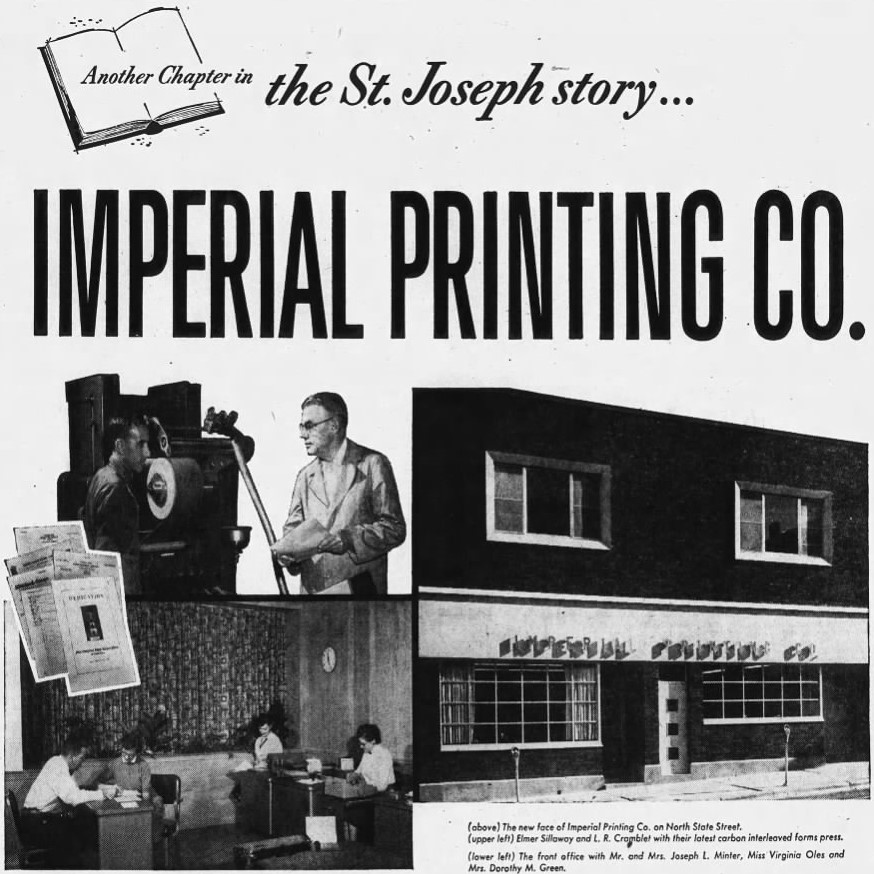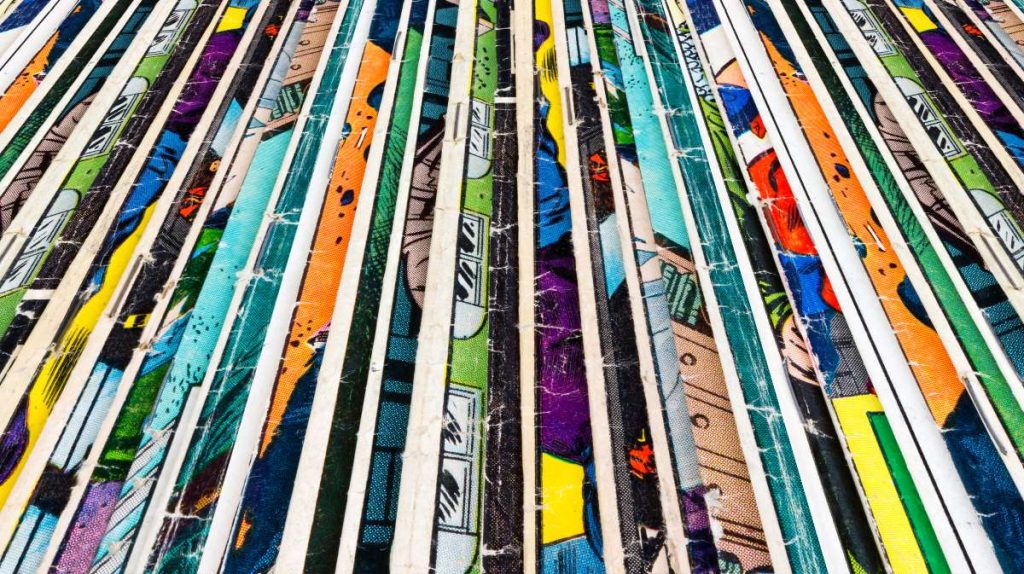

Despite the advancement of digital media and other forms of technology, books still hold a vital place in our lives. Whether you’re reading for work, school or enjoyment, books are still relevant in 2024 for those seeking a tactile reading experience.
Most readers are familiar with the various types of books that are widely available today; textbooks, coffee table books, novels, etc. They’re printed on paper of various weights and bound with either a hard or soft cover. But how were the first ever books made? How were they bound, and what were they printed on?
This blog will dive into the history of book printing, from the very first books to the latest best-selling novels.
The Early Days of Bookmaking
In the beginning of their history, books were printed on a variety of materials, including fabric, papyrus, parchment, vellum and paper, depending on what was regionally available. However, it would take thousands of years before anything resembling a modern book would emerge.
Scrolls
Long before the invention of the printing press, the earliest form of “books” were scrolls; long stretches of papyrus (an early form of paper made from the papyrus plant) containing writing in columns. Unlike books, scrolls are not bound with multiple pages. Rather, the entirety of a scroll’s text is contained on a single sheet, and it is rolled up when not in use. Scrolls, while prevalent, had limitations. They were cumbersome to store and navigate, making them less than ideal for quick reference. The first uses of scrolls date back over 5,000 years ago.
Wax Tablets
Wax tablets, generally made of wood and covered with a sheet of malleable wax, date back to the first millennium B.C.E. Wax tablets were often bound together in pairs so the contents could be closed off and protected and so the writers could benefit from the use of two wax surfaces. These wax tablets offered convenience from the fact that writing could easily be erased but lacked the writing space and permanence of scrolls. The tablets were simple to use; the writer would use a stylus to etch characters into the layer of wax, which could then be erased by using a flat, scraper-style tool.
Codices
Around the 1st century CE, a new format emerged: the codex. This revolutionary invention, believed to have originated in the Roman Empire, consisted of individual sheets bound together at the spine, much more akin to a modern book. The codex offered significant advantages – it was far more portable, durable and user-friendly than scrolls.
Above all, the codex offered much more writing space than scrolls – a scroll long enough to hold the contents of an entire modern book would be incredibly heavy and difficult to use. The original codices were handwritten on papyrus or vellum, an early form of paper made from animal skin.
Woodblock Printing: The Dawn of Mass Production
Fast forward to China, where we find another crucial development in book history – woodblock printing. This method, dating back to the 2nd-5th century CE, involved carving characters onto wooden blocks, which were then used to press ink onto paper. This allowed for the reproduction of text in a standardized way, paving the way for the mass production of books.
Woodblock printing was initially used to print onto textiles, like linen or silk, but was later used on paper. The Diamond Sutra, created using woodblock printing, is considered the world’s earliest dated printed book.
The Printing Press: Gutenberg’s Revolution
A huge development in printing technology was introduced in 15th-century Europe with Johannes Gutenberg’s invention of the printing press with movable type. Gutenberg’s system used individual, reusable letters that could be rearranged to create different words and pages. While the original Gutenberg press required much more time and labor than a modern printing press, his innovation dramatically increased printing speed and efficiency, leading to a surge in book production and literacy rates across Europe.
The first book printed on Gutenberg’s press was a bible, now known as the Gutenberg Bible. Few copies of the Gutenberg Bible survived in the nearly six centuries since they were printed, and the handful that are still intact are highly sought after.
The Evolution of Book Printing
Gutenberg’s printing press wasn’t the end of the story. The evolution of book printing was just getting started. Over the centuries, book printing continued to evolve. Paper production improved, eventually leading to materials like papyrus and parchment being all but phased out. The improvement of paper also made books more durable and affordable.
Illustrations and decorative elements were incorporated, adding a visual dimension to the reading experience. Binding techniques were refined, resulting in the sturdy hardcovers and flexible paperbacks we know today.
On the press floor, modern printing presses are thousands of times more efficient than the original Gutenberg printing press. Modern web and sheetfed printing presses still emulate Gutenberg’s invention to this day, but have swapped individual letter plates for modern, laser-etched aluminum printing plates that are more efficient, cost-effective and environmentally friendly.
Modern Day Book Printing: Applications and More
Continued advancements in print technology led to invention of many specialty print applications, such as lithography, thermographic printing, embossing/debossing and much more. These applications, in conjunction with the many types of mass printing available today, mean that books are fully customizable and can be unique in every aspect. A professional book printing company has the capabilities to create gorgeous books that will last for years – all with a level of efficiency that the early pioneers like Gutenberg could only dream of.
The Enduring Power of the Book
From the earliest Egyptian scrolls to the first works of the printing press, books have endured for millennia, evolving to meet the needs of each era. The history of book printing is a testament to our enduring desire to share stories, knowledge and ideas. So, the next time you pick up a book, take a moment to appreciate the remarkable journey it took to reach your hands.
If you’re interested in taking the next steps to print your very own book, talk to the book printing experts at Walsworth. Our cutting-edge print capabilities mean we can meet and exceed your vision while staying within your timeframe and budget. Contact us today!



